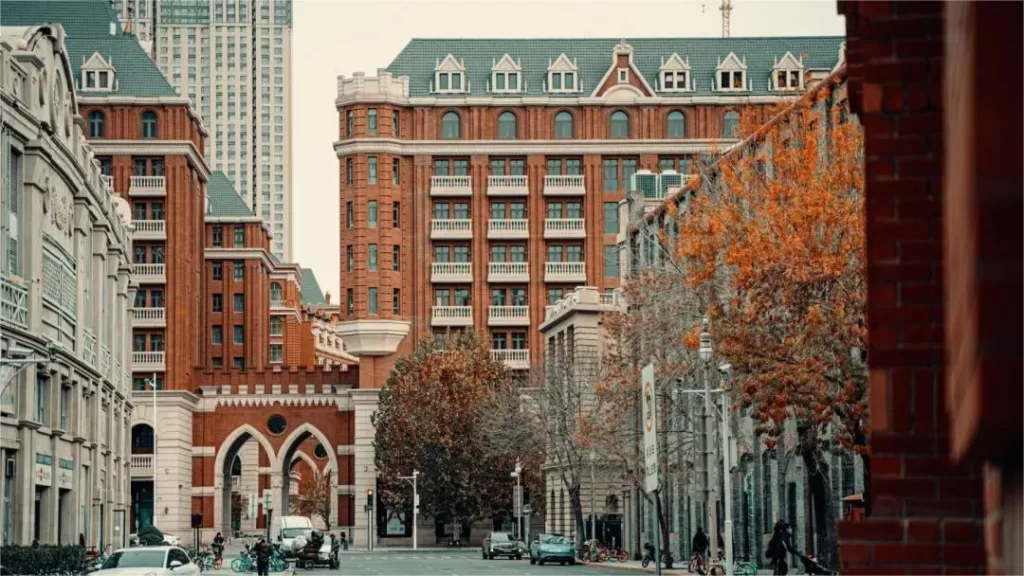Foreign Influence on Tianjin – A Significant Chapter in its History


Tianjin, historically an important port city in China, witnessed a significant chapter in its history during the late 19th and early 20th centuries that left an indelible mark on its urban landscape – a period often overlooked, characterized by the presence of the Eight-Nation Alliance. During this time, Tianjin became host to foreign concessions, where nations like Britain, the United States, France, Germany, and Japan established their own leased territories, imprinting the city with traces of colonial influence.
Within these leased territories, a distinctive European-style architectural landscape emerged, complete with meticulously planned streets and a lifestyle that reflected colonial influence. The architectural styles within these concessions predominantly featured Western neoclassical designs and European-style houses. The broad, well-kept streets, paved with stone slabs, offered pedestrians cool shelter beneath the trees lining the thoroughfares during summer afternoons. Some of these Western-style structures, such as the Italian Concession and British-style buildings, have endured the test of time, showcasing the prosperity and luxury of that era.
Beyond architectural influences, colonial remnants also manifested in lifestyle and urban culture. The Tianjin concessions of that time boasted numerous Western-style restaurants, cafes, and nightclubs, becoming social hubs for both foreigners and Chinese elites. In these establishments, people savored Western cuisine, enjoyed Western music, danced, and participated in various social activities. These places became gathering spots for the social elite and cultural luminaries of the time, contributing to the dissemination of Western fashion and trends.
However, the colonial period brought with it some negative repercussions. Foreign intervention impacted Tianjin’s political and economic spheres, leading to social conflicts. Simultaneously, the influence and suppression of local traditional culture prompted reflections and resistance.
Nevertheless, irrespective of the challenges and complexities, this often-forgotten historical episode and its colonial influences constitute an integral part of Tianjin’s urban development. They have left behind a unique historical imprint on modern Tianjin. Today, these remnants and architectural marvels have become an integral part of Tianjin’s urban landscape, attracting tourists and researchers alike to explore and study this fascinating period.
While acknowledging the negative aspects of foreign influence, it is essential to recognize the multifaceted nature of Tianjin’s history during this era. The remnants of colonial influence, whether in the form of architecture or cultural practices, stand as a testament to the city’s resilience and adaptability. Tianjin’s modern identity is shaped not only by its rich historical past but also by its ability to integrate diverse influences into a dynamic and evolving urban fabric.
General Knowledge about Tianjin